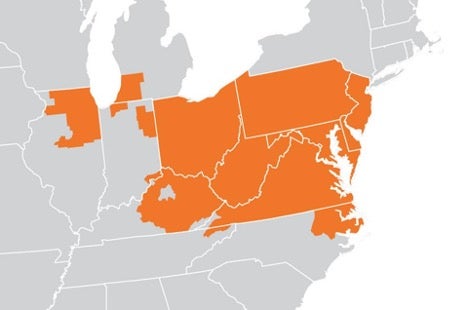Solar Renewable Energy Credits
What is a Solar Renewable Energy Credit (SREC)?
In some parts of the U.S., owners of renewable energy generation facilities can be compensated above and beyond the value of the electricity they generate. These owners receive renewable energy credits (RECs), which represent the environmental, social, and other values of renewable energy generation. RECs may be bought or sold separately from the electricity that created them.
A solar renewable energy credit (SREC) is created when a solar energy system produces 1,000 kilowatt-hours (kWh) of electricity. An SREC may be “owned” by a utility, a customer, or a solar provider. SRECs fluctuate in value depending on supply and demand in the SREC market, which may be driven by consumer demand or by policies establishing renewable energy targets. SREC markets vary widely by state and utility district. A healthy market for SRECs can significantly speed up your solar payback period.
Where are SREC markets?
Solar owners can sell their SRECs anywhere within the PJM territory. PJM is the company that manages the electric grid for all or part of 13 states and the District of Columbia. Source: PJM

How SRECs make you money
SRECs are bought and sold on an open market, and prices are determined by supply and demand. The more SRECs that are supplied to the market from solar projects, the lower their price. The higher the target for solar energy in a state, the higher the price of SRECs. Laws requiring renewable energy generation are called renewable portfolio standards (RPS). Instead of producing renewable energy themselves, utilities can choose to purchase SRECs on the open market.
What is a renewable portfolio standard (RPS)?
This policy, also sometimes called a renewable energy standard (RES), requires a specific percentage of the electricity generated in a state to come from renewable sources. Utilities must either generate it themselves or purchase RECs in order to meet their renewable energy generation targets. The more aggressive your state’s RPS, the higher the REC prices, and the more quickly you can pay back your solar installation.
Similar to net metering policies, RPS policies can be strong or weak, depending on the percentage target, how quickly it increases, and what types of energy qualify as “renewable”. Another factor impacting REC pricing is the alternative compliance payment (ACP) that utilities must pay if they miss their target. RPS policies that include a specific target for solar energy are most effective at creating high SREC prices.
How your solar system creates SRECs
Once it has been certified and registered (your installer will help you with this), your solar system will produce one SREC every time it produces a megawatt-hour (1,000 kWh) of electricity. The best way to estimate your annual solar energy production is by using a tool like PVWatts, which takes into account your location, system size, and other factors.
How to sell SRECs
SREC brokers help you sell your SRECs on a local or regional market. Most will offer different options with different levels of risk and reward, similar to selling stocks. Options may include:
Upfront payment
Sell the rights to all of your system’s SRECs upfront for a cash payment.
Annuity
Sell your SRECs under a contract for a set period of time — usually three, five, or ten years — for a guaranteed price.
Spot market
Authorize your SREC broker to sell your SRECs immediately when the credits are generated.
Discounted SREC pricing for Solar United Neighbors members
Solar United Neighbors offers discounted SREC pricing for our co-op members and our annual and lifetime members. Please see our SRECs page for more details.
